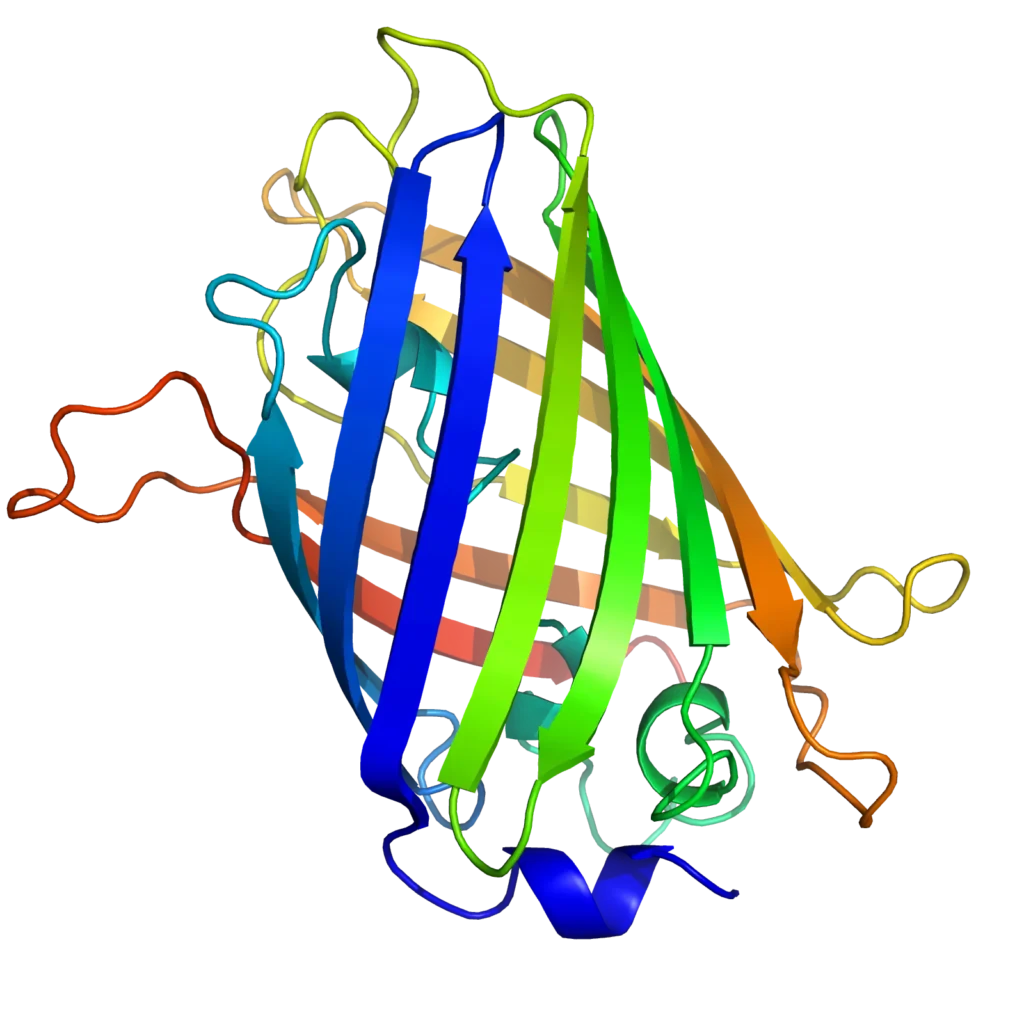Physical Address
304 North Cardinal St.
Dorchester Center, MA 02124

The ocean is a realm of wonder and mystery, home to creatures that seem to defy the ordinary. Among these, bioluminescent jellyfish captivate the imagination with their ethereal glow and fascinating adaptations. In this article, we will delve into the world of bioluminescent jellyfish, exploring their unique characteristics, biological mechanisms, ecological roles, and the latest scientific research that reveals the secrets of their mesmerizing light displays.
Bioluminescence is the ability of certain organisms to produce light through a chemical reaction. Bioluminescent jellyfish are a prime example of this phenomenon, with various species capable of emitting light in a range of colors, from blue and green to red. This bioluminescence serves multiple functions, including predator avoidance, prey attraction, and communication.
One of the most well-known bioluminescent jellyfish is the comb jelly (Ctenophora), which uses rows of cilia to scatter light, creating a rainbow effect. Another example is the crystal jelly (Aequorea victoria), whose green fluorescent protein (GFP) has become a vital tool in biomedical research. These jellyfish produce light through specialized cells called photocytes, which contain luciferin and luciferase, the compounds responsible for the light-emitting reaction.
The bioluminescent process in jellyfish involves a biochemical reaction between luciferin, a light-emitting molecule, and luciferase, an enzyme that catalyzes the reaction. When these two substances interact in the presence of oxygen, light is produced. This reaction can be triggered by various stimuli, such as physical contact or changes in the jellyfish’s environment.
In the case of the crystal jelly, GFP plays a crucial role in enhancing bioluminescence. When the jellyfish emits blue light, GFP absorbs it and re-emits it as green light, creating a more visible and striking display. This discovery has not only advanced our understanding of bioluminescence but has also revolutionized cell and molecular biology by providing a fluorescent marker for tracking cellular processes.
Bioluminescent jellyfish play vital roles in their ecosystems. Their light displays can deter predators by startling them or by making the jellyfish appear larger and more threatening. Some species use bioluminescence to attract prey, luring small organisms into their tentacles with flashes of light. Additionally, bioluminescence can facilitate communication between jellyfish, helping them coordinate behaviors such as mating or schooling.
In the deep sea, where sunlight is scarce, bioluminescent jellyfish contribute to the unique lightscape of the ocean’s twilight and midnight zones. Their glowing forms provide a stark contrast to the surrounding darkness, creating a dynamic and ever-changing environment that supports a diverse array of marine life.
Despite their mesmerizing light displays, bioluminescent jellyfish are not without threats. They have various predators, including sea turtles, larger jellyfish, and some species of fish that have adapted to hunting in the dark, deep-sea environments. To evade these predators, bioluminescent jellyfish rely on their ability to produce sudden flashes of light, which can startle and confuse their attackers, giving the jellyfish a chance to escape.
The phenomenon of luminescence in jellyfish is not just a defensive mechanism but also a form of communication and a way to attract prey. Some species can modulate the intensity and frequency of their light emissions, creating intricate patterns that can signal to other jellyfish or lure unsuspecting prey. This ability to control their bioluminescent displays highlights the complexity of their behavior and the sophistication of their adaptations to the deep-sea environment.

“Green fluorescent protein ribbon diagram”
Research on bioluminescent jellyfish has yielded remarkable insights into their biology and potential applications. Scientists have used advanced imaging techniques to study the light-emitting structures of jellyfish, revealing intricate patterns and mechanisms that were previously unknown. Genomic studies have also identified the genes responsible for bioluminescence, paving the way for genetic engineering applications.
One of the most groundbreaking discoveries was the isolation of GFP from the crystal jelly. This protein has become an indispensable tool in scientific research, enabling researchers to visualize and track cellular processes in living organisms. GFP’s versatility has led to numerous applications, from studying cancer cells to mapping neural networks in the brain.
To provide a personal perspective, we spoke with Dr. Sarah Martinez, a marine biologist who has dedicated her career to studying bioluminescent jellyfish. “Observing these creatures in their natural habitat is an awe-inspiring experience,”
Dr. Martinez shared. "Their bioluminescence is not just a beautiful display but a complex adaptation that has evolved over millions of years. Each encounter reminds me of the incredible diversity and ingenuity of life in the ocean."
Bioluminescent jellyfish have inspired awe and wonder in human cultures for centuries. Their otherworldly glow has been depicted in art, literature, and mythology, symbolizing mystery, beauty, and the unknown. In modern times, bioluminescent jellyfish have featured in documentaries, movies, and aquarium exhibits, captivating audiences with their enchanting light displays.
The study of bioluminescence has also influenced scientific thought, challenging our understanding of light and life. The discovery of GFP and its applications in research have underscored the interconnectedness of natural phenomena and technological innovation, demonstrating how the mysteries of the ocean can lead to groundbreaking advancements.
[Stunning Footage of Bioluminescent Jellyfish Infographic]
Bioluminescent jellyfish are a testament to the beauty and complexity of life in the ocean. Their unique characteristics, biological mechanisms, and ecological roles make them one of the most fascinating subjects in marine biology. As we continue to explore and study these luminous creatures, we uncover new insights into the natural world and open up possibilities for scientific innovation.
By understanding and appreciating bioluminescent jellyfish, we not only satisfy our curiosity but also highlight the importance of preserving their habitats. Their story is a captivating blend of science, mystery, and beauty, offering valuable lessons about the resilience and ingenuity of life in our oceans.